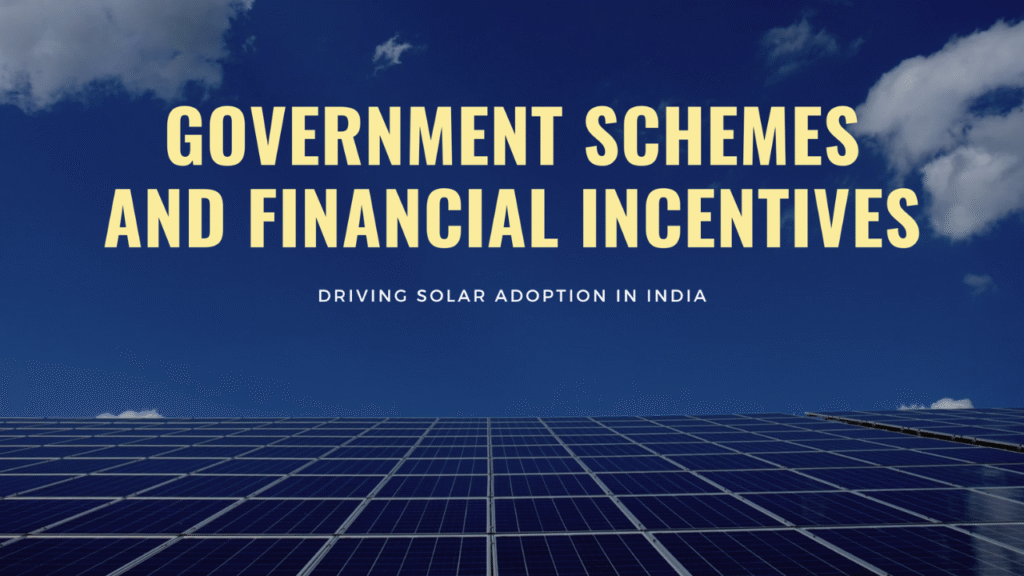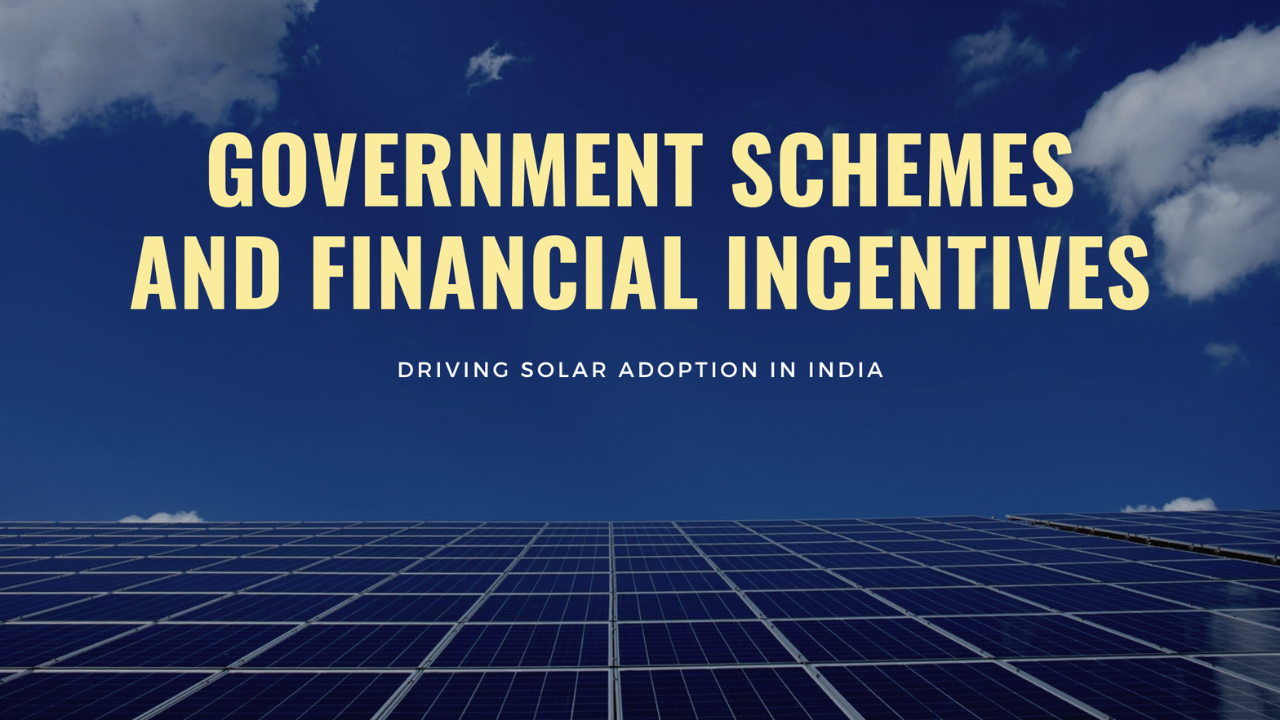
Switching to renewable energy isn’t just about protecting the planet—it’s also about protecting your wallet. Across the globe, governments are offering financial incentives, rebates, and tax credits to encourage homeowners and businesses to adopt clean energy solutions. Whether it’s solar, wind, geothermal, or hybrid systems, these incentives can significantly reduce upfront costs and speed up your return on investment.
This guide explores the types of incentives available, how they work, and why now is the best time to take advantage of them.
Why Governments Offer Renewable Energy Incentives
Governments aim to reduce greenhouse gas emissions, promote sustainable living, and transition away from fossil fuels. Incentives serve as a way to:
- Lower financial barriers for adoption.
- Increase renewable energy capacity in residential and commercial sectors.
- Boost green technology industries and create jobs.
- Meet climate goals set in national and international agreements.
Types of Government Incentives for Renewable Energy
1. Tax Credits
These allow you to deduct a portion of your renewable energy system costs from your income taxes.
- Example: The U.S. Federal Solar Investment Tax Credit (ITC) offers up to 30% credit on the cost of a solar system.
2. Rebates
Direct cash-back offers from the government or utility companies after installation.
- Example: State programs offering $1,000–$5,000 rebates for residential solar.
3. Feed-In Tariffs (FITs)
Pay homeowners for the renewable electricity they feed back into the grid.
- Example: Payments per kilowatt-hour for solar energy exported.
4. Net Metering
Allows excess electricity to be credited to your utility bill for future use.
- Example: Earn bill credits during sunny months to offset costs in winter.
5. Low-Interest Loans & Grants
Affordable financing to cover installation costs with long repayment terms.
How Incentives Work in Practice
Let’s say you install a $20,000 solar panel system:
- Federal Tax Credit (30%) = $6,000 saved.
- State Rebate = $2,000 saved.
- Net Metering Credits = $500/year in utility savings.
Over time, these programs can cut your payback period from 10 years to as little as 5–6 years.
Common Eligibility Requirements
Before applying, check if you meet these typical conditions:
- Must own the property (or have landlord approval).
- The system must meet specific efficiency and safety standards.
- Installation must be done by certified professionals.
- Proof of purchase and installation is required.
Pros and Cons of Renewable Energy Incentives
| Pros | Cons |
|---|---|
| Reduces upfront installation costs | Incentives may change or expire over time |
| Shortens the payback period | Some programs have complex applications |
| Encourages faster adoption of clean energy | Limited availability in some regions |
| Offers long-term savings on energy bills | Caps or limits may restrict benefits |
Table: Examples of Renewable Energy Incentives by Type
| Incentive Type | Example Program | Benefit to Homeowner |
|---|---|---|
| Tax Credit | U.S. Federal ITC | 30% off installation cost |
| Rebate | California Solar Initiative | $1,000–$5,000 cash rebate |
| Feed-In Tariff | Germany Renewable Energy Sources Act | Guaranteed payment per kWh |
| Net Metering | Various U.S. State Programs | Credits on electricity bills |
| Low-Interest Loan | UK Green Deal | Affordable financing options |
| Grant | Canada’s Greener Homes Grant | Up to $5,000 for energy upgrades |
How to Apply for Renewable Energy Incentives
Step 1: Research available federal, state, and local programs.
Step 2: Confirm eligibility and required documentation.
Step 3: Get quotes from certified installers who can help with application paperwork.
Step 4: Submit applications before or immediately after installation.
Step 5: Track and claim your benefits on tax returns or through utility providers.
Why You Should Act Now
Many incentive programs have deadlines or phase-out schedules. Waiting too long could mean losing thousands in potential savings. For instance, some federal tax credits are set to decrease after certain years, and rebate funds may run out if demand is high.
Overview Table
| Feature | Description | Benefit to Homeowner |
|---|---|---|
| Tax Credits | Deduct part of installation cost from taxes | Significant upfront savings |
| Rebates | Direct cash-back after installation | Immediate cost reduction |
| Feed-In Tariffs | Payment for exported renewable power | Extra income |
| Net Metering | Credit for excess electricity | Lower utility bills |
| Loans & Grants | Financial help for installation costs | Easier affordability |
| Time-Sensitive | Programs often have expiration dates | Encourages quick adoption |
Conclusion
Government incentives make renewable energy more affordable than ever. Whether it’s solar panels, wind turbines, or hybrid energy systems, these programs can slash installation costs and deliver long-term savings. By acting now, you can take advantage of generous benefits before they expire—while also contributing to a cleaner, greener future
3 Quick FAQs
- Can I combine multiple renewable energy incentives?
Yes, in many cases you can stack federal, state, and utility benefits for maximum savings. - Do incentives cover battery storage systems too?
Many programs now include incentives for energy storage paired with renewable generation. - Are incentives available for renters?
Some utility and community solar programs allow renters to benefit without owning the system.

